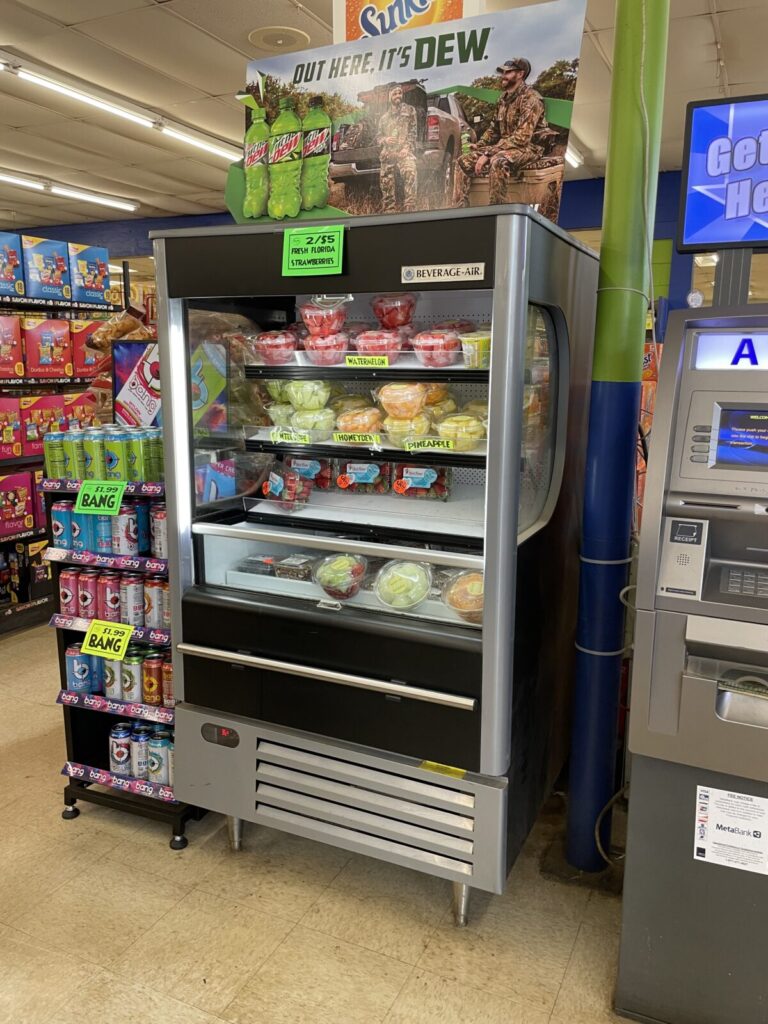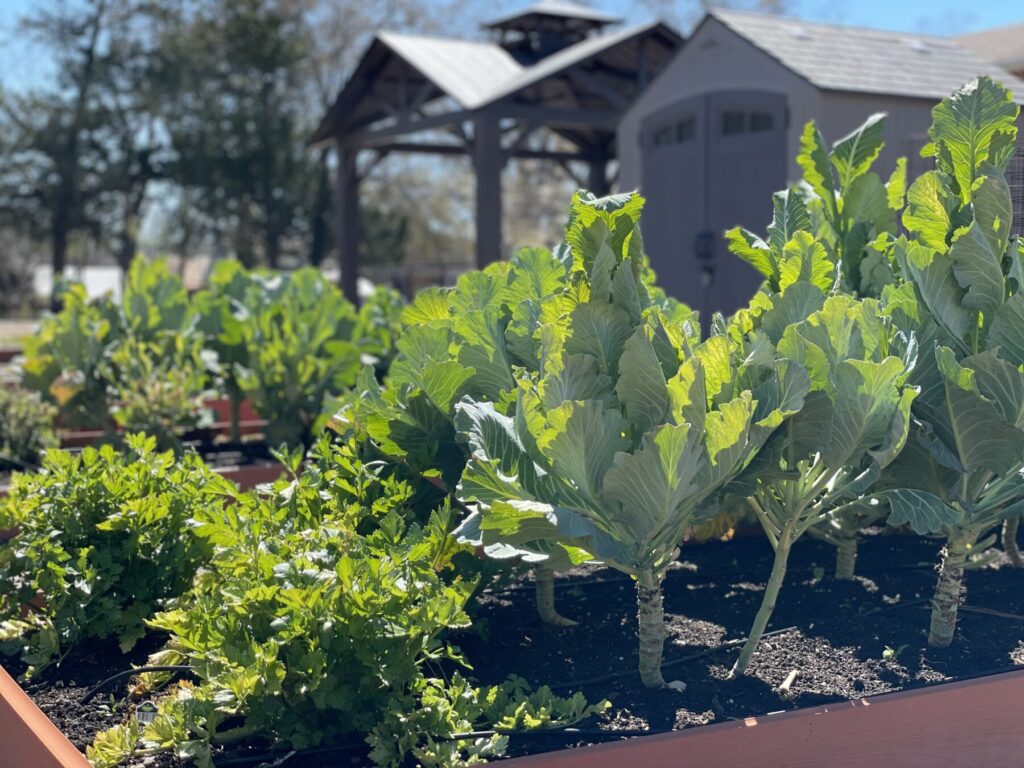When it comes to eating healthy in rural Georgia, not everyone faces the same challenges or the same opportunities. A recent study led by Tatevik Markosyan as part of the Healthier Together project, in collaboration with Dr. Kristin Gibson and Dr. Alexa Lamm, used the Situational Theory of Publics to explore how rural residents perceive the barriers and enablers influencing their healthy food choices based on their socio-demographic characteristics. The theory helps communicators understand how different groups respond to issues and how to reach them effectively.
To do this, the Lamm Lab surveyed 780 rural residents in Georgia, gathering information on sex, race, age, marital status, educational level, income, employment status, and whether they received Supplemental Nutrition Assistance Program (SNAP) benefits or Special Supplemental Nutrition Program for Women, Infants, and Children (WIC) benefits. They then examined how these socio-demographics were linked to residents’ perceptions of barriers and enablers to accessing healthy food. Barriers were the perceived obstacles that limit healthy food access, while enablers were perceived factors that make healthy food access easier.



What were the results?
- Full- and part-time workers reported more barriers to accessing healthy food choices than retirees or the self-employed. However, full-time workers also reported more enablers, which the authors suggested could be due to time constraints balanced by greater financial capacity.
- Unemployed residents reported more of both barriers and enablers than retirees.
- Black residents reported more barriers to accessing healthy food choices than White residents.
- SNAP beneficiaries reported more barriers yet also more enablers than non-beneficiaries. The authors suggest this may be because beneficiaries became more aware of the financial constraints involved in feeding their families healthy food through the process of applying for and using SNAP.
Key takeaways
The findings highlight the complexity of food access challenges in rural areas, pointing the need for comprehensive approaches that go beyond individual-level interventions. Agricultural communication promoting healthy eating should target specific socio-demographic groups based on their unique challenges or opportunities. The authors recommend tailoring such communication for marginalized rural populations, considering how often they perceive barriers to healthy food access.
This study was part of a larger project exploring how a CDC-funded health promotion Extension initiative could meet rural needs by increasing physical activity, changing food policy to improve access, and strengthening connections between residents and their local food system.